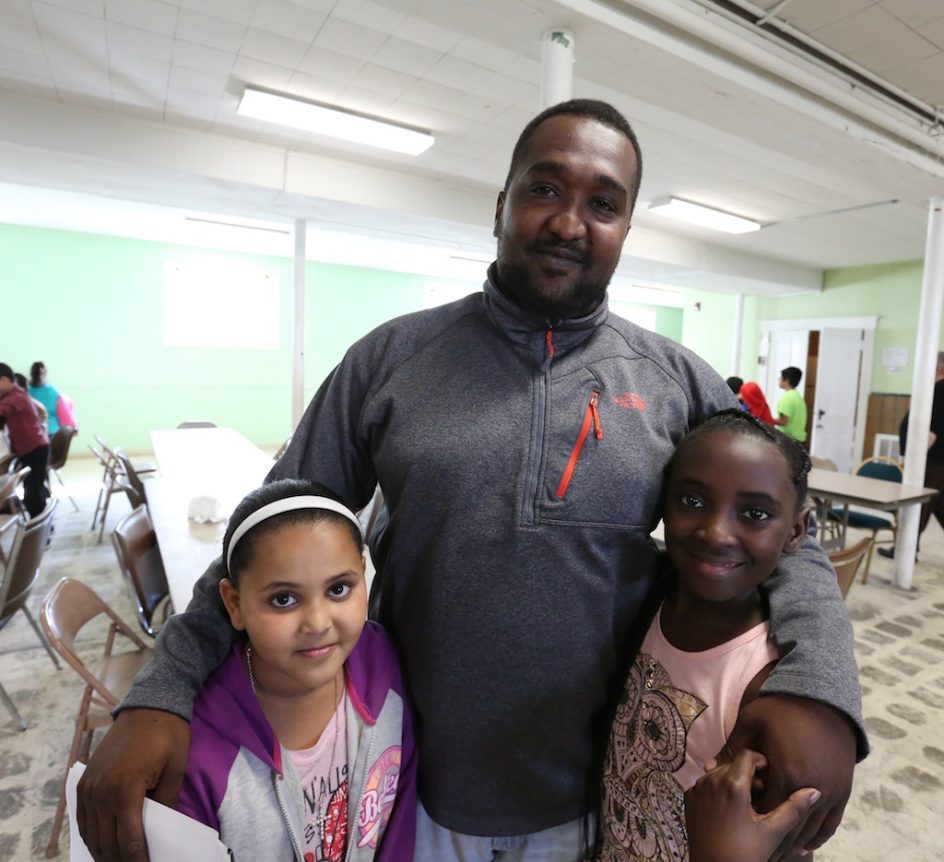
I took a portrait of our new hanging basket on the back porch with my Petzval 58 lens. I like Russian glass.

Lots of people ask me how you train a therapy dog, it’s a good question and I think about it often.
There are lots of therapy dogs around these days, more and more people want to use their dogs in this way, and nursing homes and hospitals and assisted care facilities increasingly say they are now sometimes overwhelmed with requests by people with dogs to bring them for therapy work.
There is no single definition of a therapy dog, and anyone can form a group or association and claim to be therapy dog trainers, there is no universally agreed on criteria for their training or behavior. If the standards are sometimes fuzzy, the fashion accessories are not, I see therapy dogs with vests, bandannas, hats, blankets and sweaters (and bumper stickers on the car.)
Therapy dogs are in, and that’s a good thing for people who are institutionalized, they adore seeing dogs. It’s probably not so good for many airline passengers.
There are also many different kinds of therapy dogs. Some people have dogs that walk through facilities and hospitals, and are petted or touched. Some sit and work with kids in classrooms. There are therapy dogs for college students stressed by exams.
There are all kinds of specialized therapy dogs, assisting people with everything from diabetes to panic attacks to sight and hearing issues.
Airlines say they are struggling to accommodate the many people who claim their dogs are “emotional” therapy dogs, necessary to keep them feeling safe on an airplane flight.
My own belief is that the best therapy dogs are born, not really trained.
Red is a good example. I have done substantial training with him in hospice, dementia and assisted care units. But his calm, ability to focus on people, appropriateness in almost every imaginable circumstance are a part of him, they are the foundation of our work, and I can’t take credit for training him in that way, it is who he is.
I did train him to see people as work, and to watch my hand and eye signals: stay back, get close, stand up, move forward. That took a while. I prefer working in hospice units, and also in assisted care facilities like the Mansion.
I am getting Leroy, A Boston Terrier puppy in several weeks, and one of the reasons I wanted a Boston Terrier is their reputation for making great therapy dogs, especially when they work with the elderly. As soon as he arrives, I will begin intensely socializing Leroy, bringing him to the hardware store, the Round House Cafe, and the Mansion Assisted Care Facility.
I will start by getting him used to being handled, and to sitting calmly with people as they stroke and pet him. I will reinforce his making eye contact with people (praise and treats) and sitting still for long periods – 30 seconds at first, then extending up to 15 or 20 minutes over time.
I want to see if he is skittish, spooked by sounds or cries, sensitive to being touched in any part of his body. I want to see if he is calm around birds or cats or squirrels. I want to make sure there are no signs of any kind of aggression, even when he is poked, pulled or surprised.
Almost everyone I meet tells me they want to do dog therapy work and believe their dogs will make great therapy dogs. Maybe so, but I took Red to the Vermont Therapy Dog Association for testing, because I knew their standards are rigorous and uncompromising. And I didn’t trust myself to judge.
People frighten and move aggressively towards him, we have to walk by all kind of excited dogs and stay calm, he must be fully under my control, and he must instantly respond to every command I give him. He passed. Most dogs do not pass that test, and I believe most dogs can’t do those things.
I think it’s true that many dogs can do basic therapy work, letting people touch and pet them and see them
But work in hospice or dementia or assisted care can be complex and very unpredictable.You do have to have absolute control over the dog. A friend insisted her dog would make a wonderful therapy dog, but she also conceded he wouldn’t come, sit or stay when commanded. Don’t do it, I suggested.
People sometimes shout out in pain, or get confused or hallucinate. One man thought Red was a wolf coming to kill him, another thought he was a squirrel who had come into this room, and tried to beat him with his walker. One man died with Red in his arms, shouting out as he passed away. One time an oxygen canister exploded, and another time a cat sprung out from a closet and landed on Red as he lay next to a dying woman.
Red kept his cool in all of those situations. My role for therapy work is zero tolerance for any kind of mishap or mistake. We are not there to hurt or frighten people. So it depends on what kind of work you want to do with your dog. And it is good to get a second opinion, or an assessment from a trainer or vet if you wish to bring a dog into therapy work.
We can’t always see our dogs clearly, and the fact that a dog is sweet and loveable isn’t in itself enough. Lenore, my very loving Lab, was a mess in therapy work, she was distracted by food and big and clumsy around very frail people.
There, are, in fact, tons of great therapy dogs out there, and the need for them is immense. But like many other worthwhile things, showing up isn’t always enough, it takes some work and perseverance.
People sure appreciate seeing dogs in almost any institution, but I wouldn’t want to sugarcoat the very high level of sound temperament and instant obedience required. It’s like anything else in the dog world, we love our dogs so much we can’t often see them clearly. But when it works it is glorious, an affirmation of man, animal, and the very rich history of dogs serving people, from cradle to grave.
This Saturday, a celebration of our lives at Bedlam Farm, of the art of rural life, of creativity, poetry and community.
Maria snookered me into narrating a brief recitation of our plans for Saturday and Sunday, the Open House is held from 11 a.m. to 4 p.m. both days. The Open Houses have evolved, they have a festive, gentle and connecting feeling to them. The heart of the Open Houses is the wonderful art Maria has made and gathered here at the farm.
I will be doing sheepherding with Red and Fate, there will be readings, Ed Gulley is bringing a sweet cow, the RISSE soccer team is coming, so are some residents from the Mansion Assisted Care Facility. Check out the video and if you are in the neighborhood, stop by. Details are on Maria’s website.

If you are feeling frustrated or helpless about our country, I have an idea for you, and also for me. Let’s take our country back and keep it great.
Refugees and immigrants are a part of our national soul, we are not a selfish and greedy and fearful people. We have always been generous and compassionate and brave. And we have always cherished liberty.
The campaign against these vulnerable and good people is a stain on our national honor. It is not who we are. So I decided to send RISSE this simple message, which is, for me, both grounding and hopeful.
My idea was to ask the people in the Army Of Good to each send RISSE a dollar. Last year, the offices at RISSE, the refugee and immigrant support center headquartered in Albany, N.Y., were burned down by arsonists, who also slashed the tires on all of the RISSE vans.
That was during another period of hatred and hysteria, another time of panic.
I am told a large number of people have already responded and sent RISSE $1 or more.
RISSE is desperately in need of funds there to support their education and day care programs, and their family support, sports teams and classes and counseling for adults.
They are essential to these new and future citizens and their children. It would be wonderful for them to see the real spirit of America, in a way that is simple and inexpensive. They take checks, Paypal and credit cards, you can send them $1 (or more) by going here.
Yesterday, I watched the dispiriting American response to the terror attacks in England, and was ashamed to be an American.
I was touched by the bravery and resolve of the British people, I thought it would be a wonderful message for RISSE and the many refugees and immigrants for whom the center is a support and lifeblood if people send them a different message, if we all send them $1. This for me is a true American message of generosity and support, a simple statement about who we really are, an investment in taking back our country.
The RISSE refugees and immigrants have struggled, sometimes for years, to get to America and endured the worst kind of terror, often worse than anything that has been inflicted on us. They are no threat to us, they are working hard to assimilate and become productive citizens. They are here legally, their lives are hard and challenging, made more so their recent exploitation by politicians and fearful Americans.
These are not our enemies, they are not people who should be banned from our country.
This week, I am happy to be sending RISSE a check for $1,000, donated by many of you, to purchase a projector and screen for their classrooms. And we will also be buying new uniforms for the RISSE soccer team. But your $1 messages may be the thing they most need to hear today.
Enough speechifying. If you are so inclined, please consider sending RISSE one dollar today so on the even of the arsonists attacks, they get a different message from America. Thanks for thinking about it.